The mesmerizing beauty of a thriving coral reef aquarium represents one of the most rewarding achievements in the hobby of marine fishkeeping. These miniature ecosystems bring the vibrant colors and diverse life forms of tropical reefs into our homes, creating living works of art that evolve and grow before our eyes. However, maintaining a healthy coral reef tank requires dedication, knowledge, and attention to detail. Unlike fish-only aquariums, reef tanks demand precise water parameters, careful species selection, and a deeper understanding of the delicate balance that sustains these complex ecosystems. In this comprehensive guide, we’ll explore the essential practices and considerations that will help your coral reef aquarium not just survive, but flourish with life and color.
Understanding Coral Biology Basics

Corals are not simply marine plants or rocks, but rather colonies of tiny animals called polyps that form symbiotic relationships with photosynthetic algae known as zooxanthellae. These algae live within the coral tissue, providing the coral with essential nutrients through photosynthesis while receiving shelter and compounds needed for their own survival. This relationship explains why proper lighting is absolutely critical for reef tank success, as the zooxanthellae require specific light spectrums and intensities to photosynthesize effectively. Different coral species have varying requirements based on their natural habitat—for example, corals from shallow waters typically need higher light intensity than those from deeper regions. Understanding this fundamental biology helps explain why corals are so sensitive to water quality, lighting changes, and temperature fluctuations.
Selecting the Right Equipment
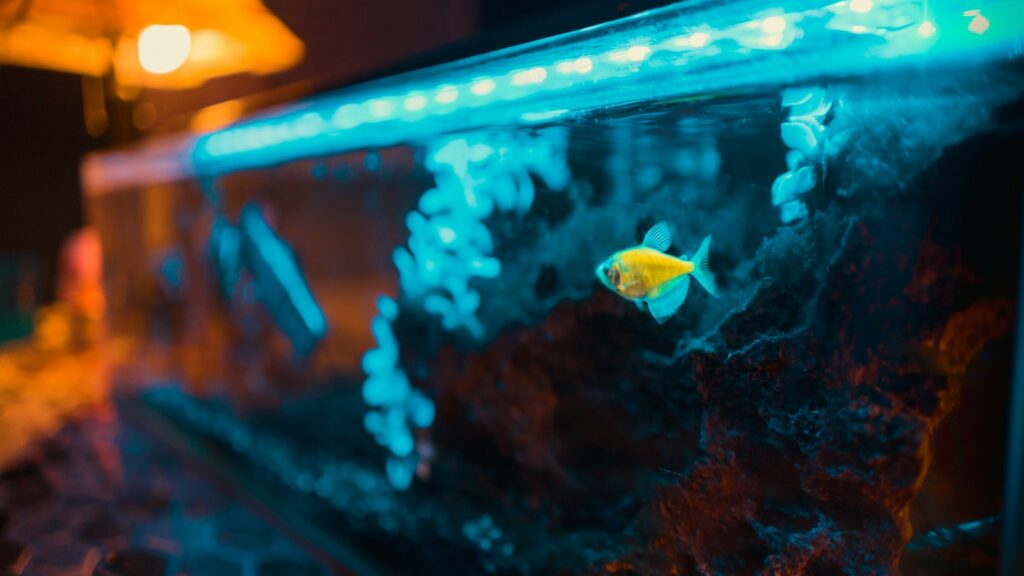
Creating a successful reef environment begins with investing in appropriate equipment designed specifically for coral reef systems. At minimum, you’ll need a high-quality protein skimmer to remove organic waste before it breaks down into harmful compounds, powerful circulation pumps to simulate natural reef currents, and specialized reef lighting systems that provide the full spectrum needed for coral growth. A reliable filtration system combining mechanical, biological, and chemical filtration will help maintain pristine water conditions. Temperature control is equally crucial, requiring both a heater and potentially a chiller in warmer climates, as most reef corals thrive only within a narrow temperature range of 76-80°F (24.5-27°C). Don’t overlook the importance of a quality reef-specific salt mix and reliable testing equipment that can accurately measure all critical water parameters.
Establishing Proper Water Parameters
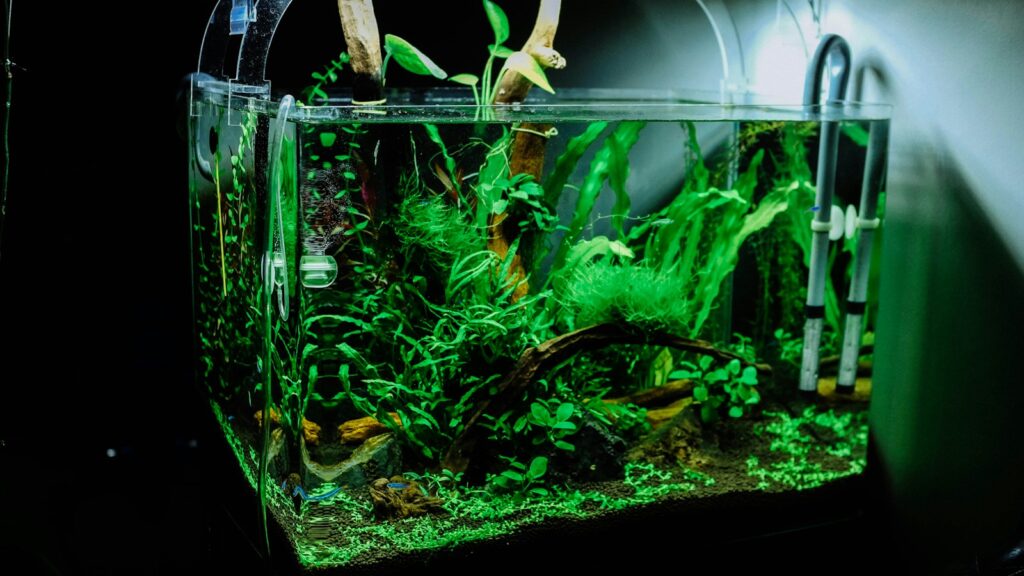
Maintaining optimal water chemistry represents the foundation of successful reef keeping and requires consistent monitoring and adjustment. For most reef tanks, aim for a specific gravity between 1.024-1.026, pH between 8.1-8.4, ammonia and nitrite at zero, and nitrates below 5 ppm (though some recommend even lower levels). Equally important are calcium levels of 400-450 ppm, alkalinity of 7-11 dKH, and magnesium at approximately 1350-1500 ppm, as these three parameters work together to support coral skeleton formation. Phosphate should ideally be kept below 0.03 ppm to prevent problematic algae growth while still allowing corals access to this essential nutrient. Beyond these basics, advanced reef keepers often test for additional elements like strontium, iodine, and potassium, though maintaining the primary parameters consistently is typically more important than chasing perfect levels for trace elements.
Creating the Perfect Lighting Environment
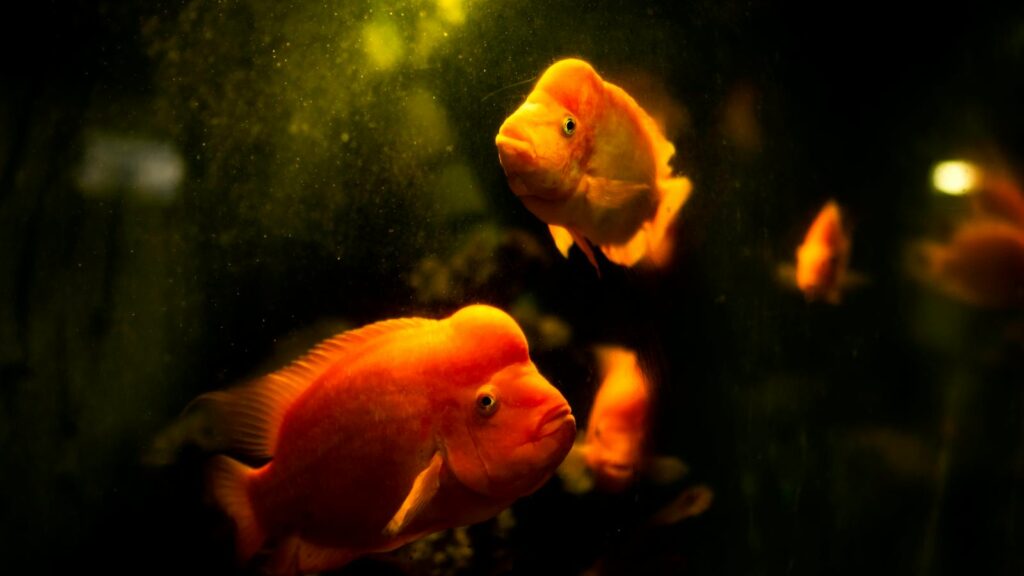
Lighting is perhaps the most critical and nuanced aspect of reef keeping, serving as the energy source for coral growth through their symbiotic algae. Modern reef aquariums typically utilize LED lighting systems that offer programmable intensity, spectrum control, and energy efficiency, though T5 fluorescents and metal halide options remain viable. Different coral species require different lighting intensities—generally categorized as low-light (LPS corals like Euphyllia), medium-light (many soft corals), and high-light (SPS corals like Acropora). Proper acclimation to new lighting is essential, as suddenly placing corals under intense light can cause stress, bleaching, or even death. Implement a photoperiod of 8-10 hours daily, ideally with ramp-up and ramp-down periods to simulate sunrise and sunset, and consider incorporating a blue “moon light” phase to observe nocturnal behaviors without disrupting the natural light cycle.
Developing an Effective Water Flow Strategy
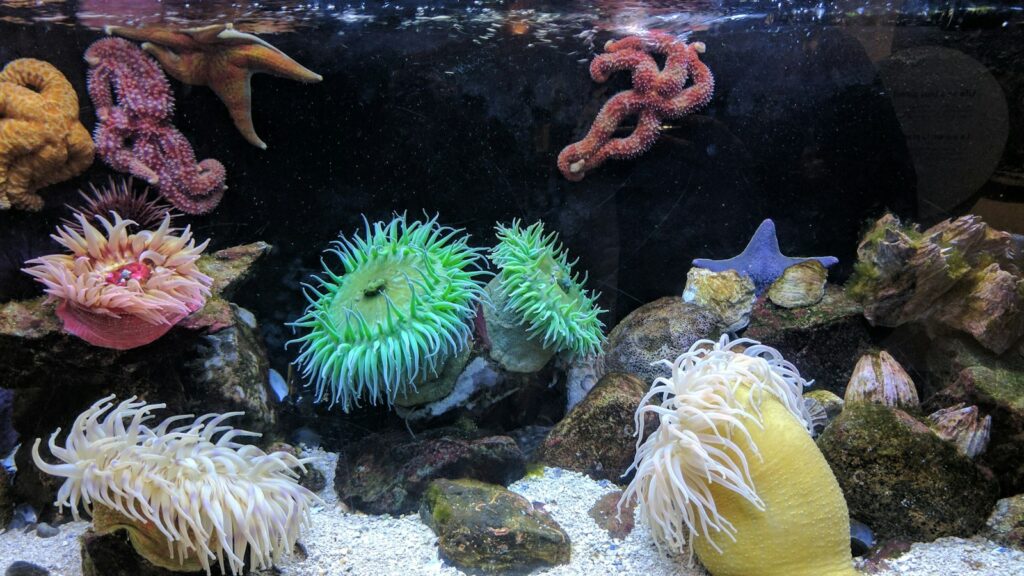
Water movement in reef tanks serves multiple crucial functions beyond simply preventing stagnation. Effective circulation delivers nutrients and oxygen to corals while removing waste products, prevents detritus accumulation, discourages pest algae growth, and simulates the natural wave action found on wild reefs. Most successful reef tanks utilize multiple powerheads or circulation pumps strategically placed to create a varied, turbulent flow pattern without dead spots or consistently high-flow zones that might damage delicate coral tissue. Wave makers and controllers can create random or programmable flow patterns that better mimic natural reef conditions than constant, unidirectional flow. Different coral species thrive under different flow conditions—for instance, many SPS corals appreciate high, turbulent flow, while some LPS corals prefer moderate, indirect current, and mushroom corals often prefer gentler water movement.
Implementing a Strategic Aquascape Design

A well-designed aquascape serves both aesthetic and functional purposes in a reef aquarium, creating a natural-looking environment while providing appropriate homes for different coral species. When designing your reef structure, prioritize stability above all else—coral colonies will grow heavier over time, and falling rocks can cause devastating damage. Create your hardscape using reef-safe live rock or dry rock arranged to maximize water flow throughout the system while providing various microenvironments with different light and current exposures. Leave ample open space between coral placement locations to allow for growth, as many species can extend significantly over time. Consider the natural habitat preferences of your intended coral species—SPS corals generally prefer higher positions with strong light and flow, while many LPS corals thrive in mid-tank locations, and certain soft corals do well in lower-light areas with moderate flow.
Mastering Regular Maintenance Routines
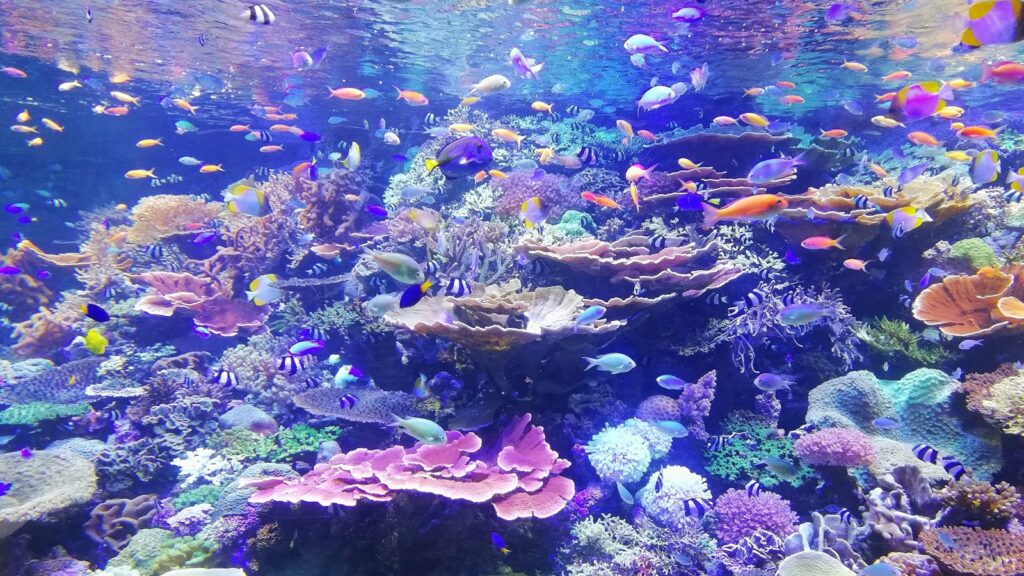
Consistent maintenance represents the backbone of successful reef keeping, preventing small issues from becoming major problems. Establish a schedule including daily quick visual inspections for equipment function, coral health, and animal behavior, along with weekly water tests for basic parameters and water changes of 10-20% using properly prepared saltwater. Monthly maintenance should include more comprehensive water testing, protein skimmer cleaning, filter media replacement or cleaning, and detailed inspections of equipment and plumbing for potential issues. Equipment like return pumps, powerheads, and heaters should be removed and thoroughly cleaned every few months to prevent buildup that reduces efficiency or causes failures. Many successful reef keepers maintain detailed logs tracking water parameters, coral growth, maintenance activities, and any issues encountered, providing valuable reference information for troubleshooting problems or identifying successful strategies.
Selecting Compatible Coral Species

Thoughtful coral selection represents one of the most critical yet often overlooked aspects of reef tank success. Research each potential coral species thoroughly before purchase, considering not just their visual appeal but their compatibility with your tank conditions and existing inhabitants. Corals employ various defense mechanisms including sweeper tentacles, chemical warfare, and rapid growth to compete for space, which can lead to conflicts in the confined space of an aquarium. Generally, maintain appropriate spacing between different coral species, keeping aggressive species separated from more peaceful varieties. Start with hardier species like mushroom corals, zoanthids, and certain leathers or LPS varieties while you learn the nuances of reef keeping before attempting more demanding SPS corals. Consider creating zones in your aquarium dedicated to similar coral types with comparable care requirements, which simplifies maintenance and reduces potential conflicts.
Establishing an Effective Feeding Regimen
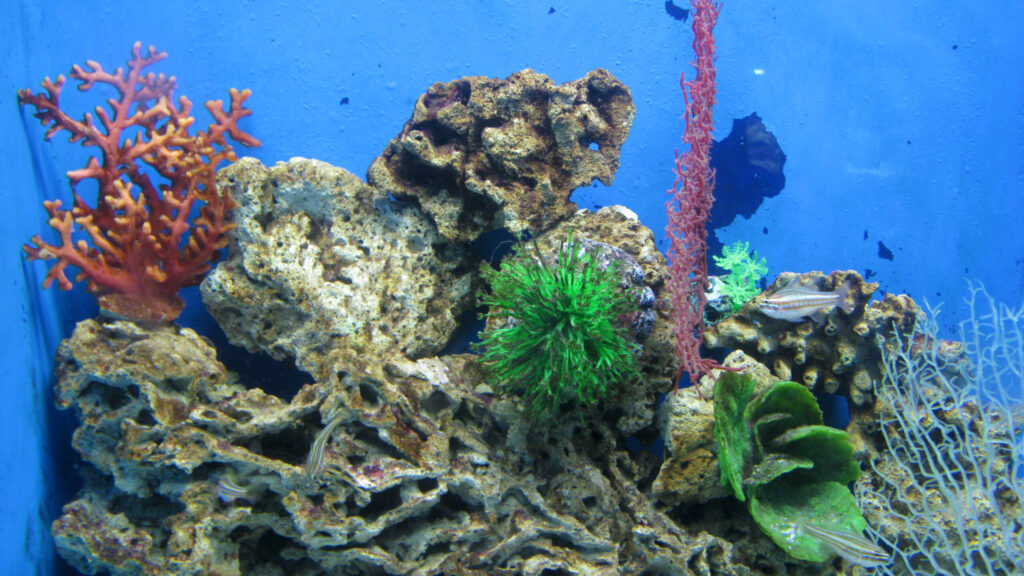
While the symbiotic algae within corals provide significant nutrition through photosynthesis, most coral species benefit from supplemental feeding to achieve optimal growth and coloration. LPS corals with larger polyps obviously consume food particles, but even small-polyped SPS corals can capture appropriately sized food from the water column. Establish a varied feeding routine that might include specialized coral foods, phytoplankton, zooplankton, amino acid supplements, and occasionally minced seafood for larger-polyped species. Target feeding using pipettes or turkey basters allows precise delivery of food to specific coral colonies without excessive nutrient introduction to the system. Feed the tank when filtration equipment like protein skimmers is temporarily disabled to give corals the opportunity to capture food before it’s removed from the water column. Observe your corals closely during and after feeding—extended polyps, visible feeding response, and improved coloration over time indicate successful feeding strategies.
Managing Algae Growth Effectively
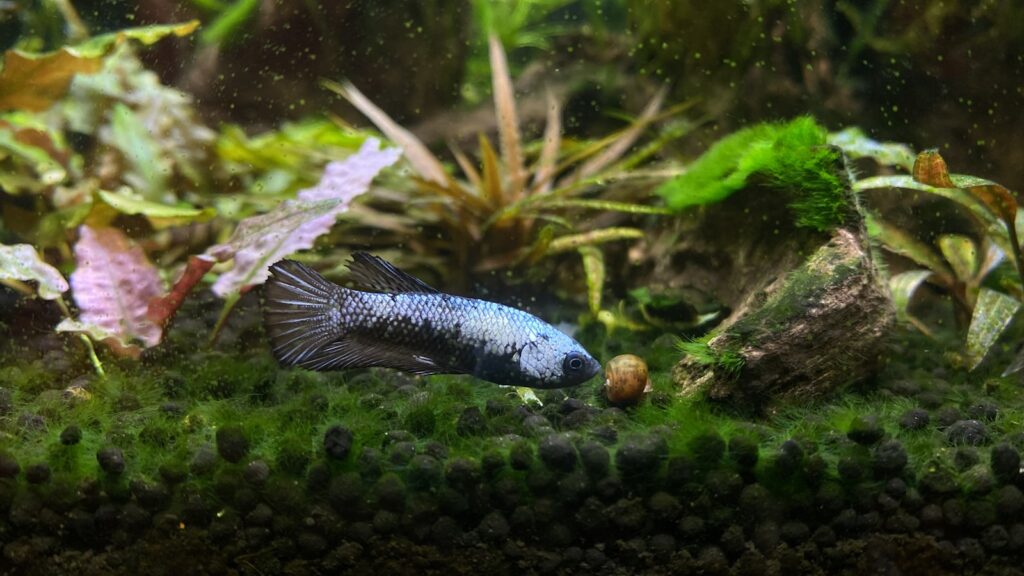
Some algae presence is natural and even beneficial in reef aquariums, but excessive growth can quickly become problematic, smothering corals and detracting from the tank’s appearance. Prevention represents the most effective strategy, focusing on maintaining low nutrient levels through protein skimming, carbon dosing methods, regular water changes, and avoiding overfeeding. Incorporate algae-consuming creatures like certain snails, hermit crabs, and select fish species that help control problem algae without harming corals. Manual removal during maintenance sessions prevents small algae patches from expanding into larger problems. Different algae types indicate different underlying issues—for example, cyanobacteria (slime algae) often points to low flow areas or excessive organic waste, while hair algae typically suggests elevated phosphate or nitrate levels. If algae problems persist despite preventive measures, consider specialized chemical control methods or equipment like UV sterilizers as a last resort, always addressing the root cause rather than just treating symptoms.
Addressing Common Coral Health Issues
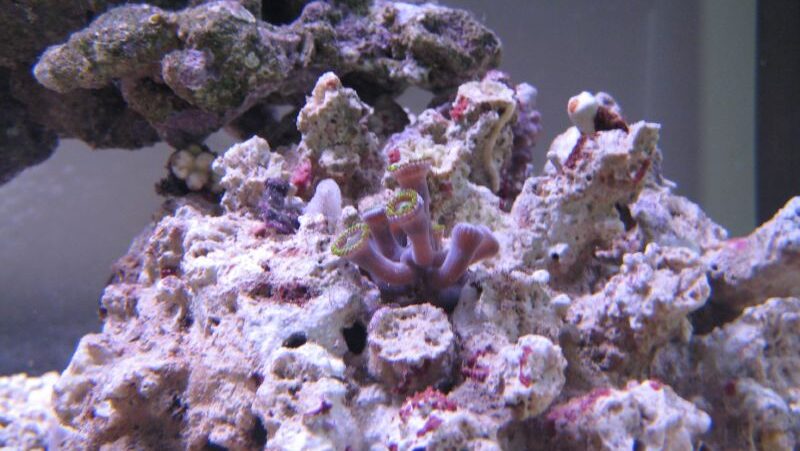
Even well-maintained reef tanks occasionally experience coral health challenges that require prompt identification and response. Coral bleaching, where corals expel their symbiotic algae and turn white, typically indicates stress from temperature fluctuations, lighting issues, or water quality problems, requiring immediate parameter correction and reduced lighting while corals recover. Tissue recession, where coral tissue pulls back to expose skeleton, often results from aggressive neighboring corals, inadequate nutrition, or bacterial infections, necessitating isolation of affected specimens and potentially antibiotic treatments for bacterial causes. Brown jelly disease presents as rapidly spreading brown slime consuming coral tissue and requires immediate fragmentation to remove affected areas and preserve healthy portions. Observe your corals regularly for early warning signs like unusual polyp extension, color changes, or abnormal mucus production, as early intervention dramatically improves outcomes for coral health issues.
Identifying and Managing Coral Pests
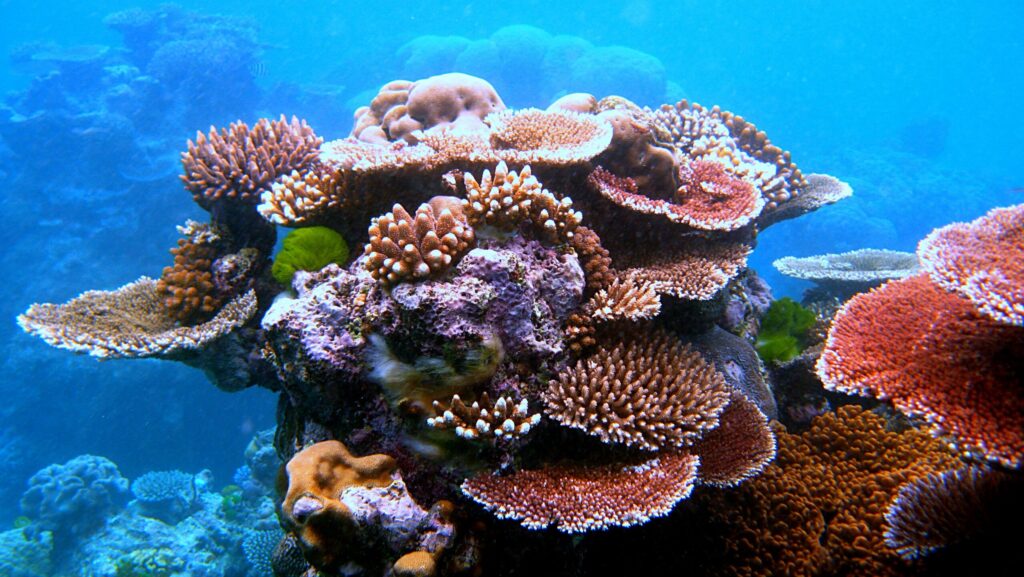
Several problematic organisms can hitchhike on newly acquired corals or live rock, potentially causing significant damage to reef tank inhabitants if left unchecked. Familiarize yourself with common coral pests like Aiptasia (glass anemones) that sting nearby corals and reproduce rapidly, flatworms that can overwhelm coral colonies, and coral-eating nudibranchs that specifically target certain coral species. Quarantine all new additions for at least four weeks before introducing them to your display tank, carefully inspecting them under daylight and blue light for any suspicious organisms. Consider preventative dips using appropriate solutions for new coral acquisitions to eliminate potential hitchhikers before they enter quarantine. For established infestations, treatment options vary by pest type—natural predators like certain fish species, targeted chemical treatments, manual removal, or in severe cases, removing and treating affected colonies separately from the main system. Regular night-time inspections with a flashlight can reveal nocturnal pests that remain hidden during daylight hours.
Advancing to Dosing and Supplementation
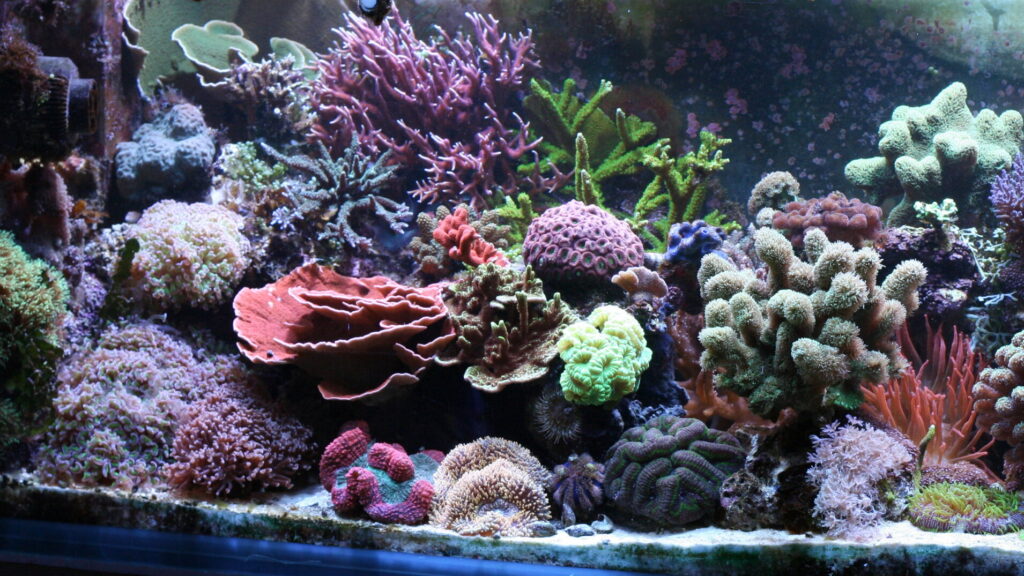
As coral colonies grow and multiply in established reef tanks, they consume various elements from the water column that must be replaced through strategic supplementation. Two-part calcium and alkalinity solutions represent the most common supplementation method, maintaining these critical parameters that corals deplete as they build their calcium carbonate skeletons. For larger or more densely populated systems, calcium reactors provide automated dissolution of calcium carbonate media to maintain stable parameters with minimal daily intervention. Trace element supplements containing components like strontium, iodine, and various minor elements can support coral health and coloration, though these should be used carefully and based on measured deficiencies rather than indiscriminately. Amino acid supplements have gained popularity for potentially enhancing coral growth and coloration, though scientific evidence varies on their necessity and effectiveness. For advanced reef keepers, automated dosing pumps offer precise control of supplement addition, ensuring consistent parameters that benefit coral growth and coloration while reducing maintenance demands.
Planning for Long-Term Success
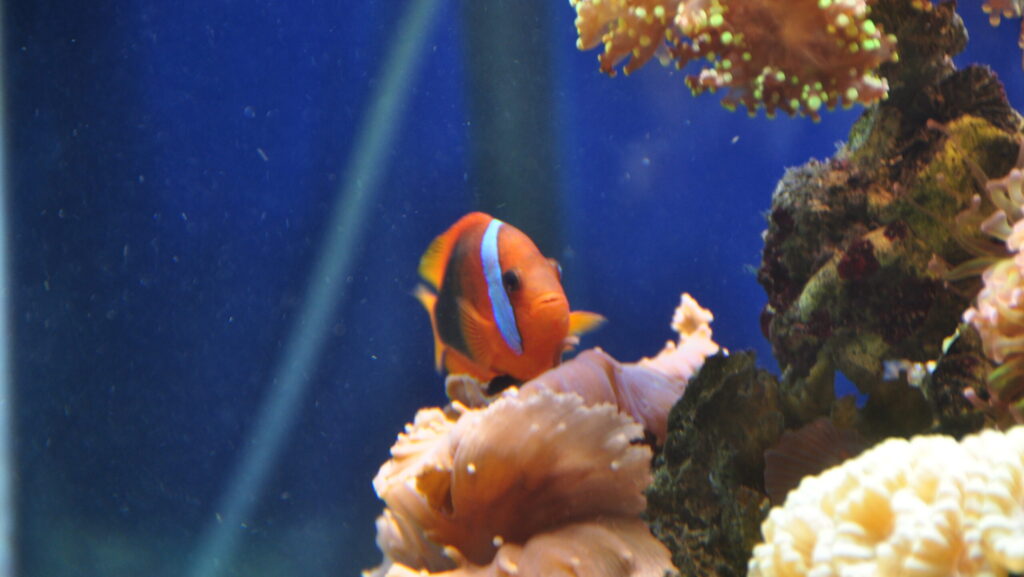
Successful reef keeping requires both immediate attention to daily needs and thoughtful planning for future development as the system matures. Anticipate coral growth by positioning colonies with sufficient space between them, considering their adult sizes rather than their current dimensions. Establish a quarantine protocol for all new additions that prevents disease or pest introduction to your main system, potentially saving countless hours and resources addressing preventable problems. Develop relationships with other reef keepers who can provide advice, coral frags, or even temporary housing for your specimens during emergencies or major tank maintenance. Consider the eventual need for coral pruning as colonies grow, learning proper fragmentation techniques that allow you to trade or sell excess growth while maintaining the health of parent colonies. Create contingency plans for power outages, equipment failures, or other emergencies, including backup power sources, spare critical equipment, and emergency protocols that can save your reef investment during unexpected crises.
The journey of reef keeping represents both a science and an art form, requiring technical knowledge, aesthetic sensibility, and patient observation. While maintaining optimal water parameters forms the foundation of reef success, the true joy comes from watching your miniature ecosystem evolve and thrive under your care. Each coral colony adds not just color and form to your aquarium, but fascinating behaviors and growth patterns that change over time. As you gain experience, you’ll develop an almost intuitive understanding of your tank’s rhythms and needs, often noticing subtle changes before test kits reveal parameter shifts. The rewards of a healthy reef tank extend beyond the visual spectacle—many reef keepers find profound satisfaction in creating conditions where these sensitive creatures not only survive but flourish, propagating their beauty for others to appreciate. With persistence, education, and attentive care, your reef tank can become a thriving window into one of nature’s most magnificent ecosystems.

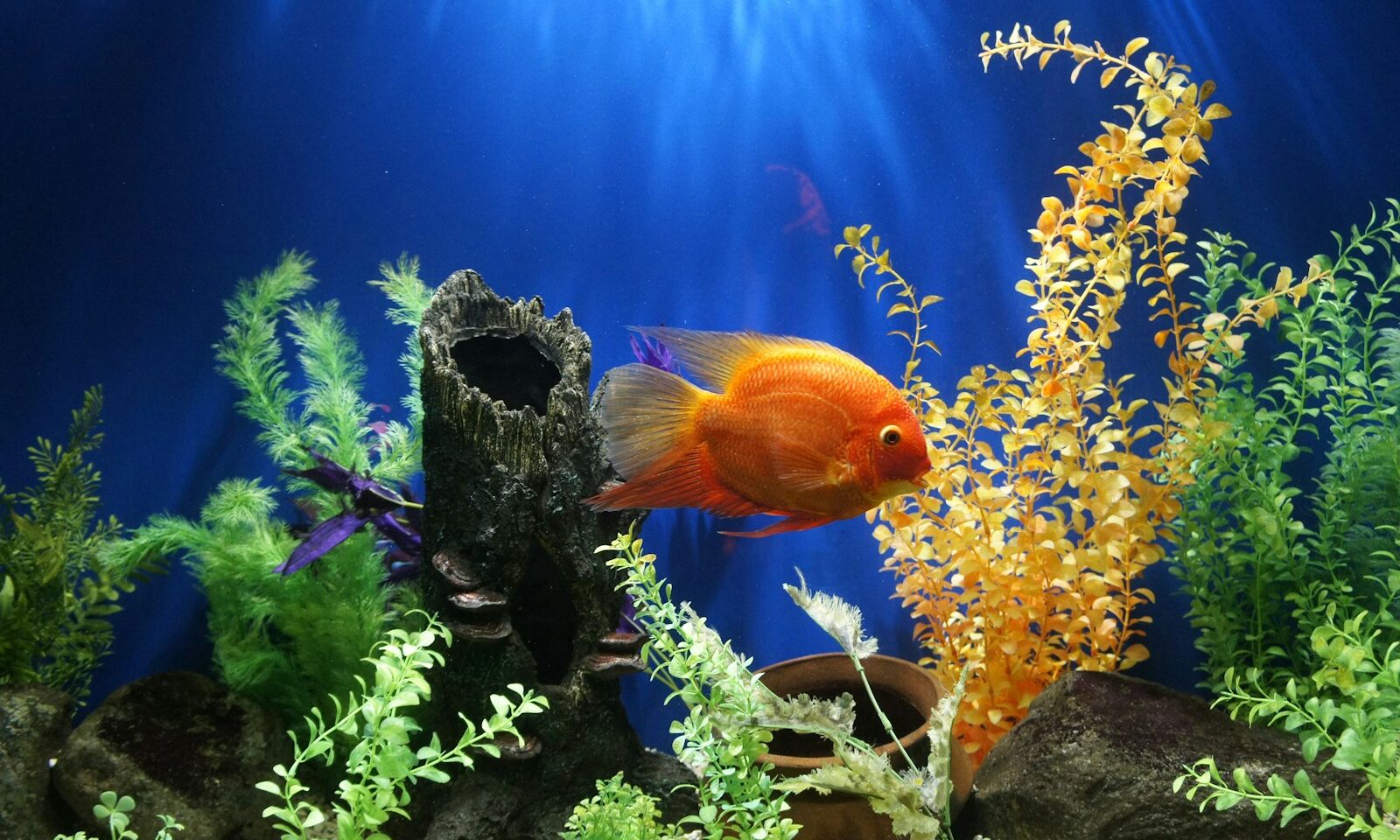
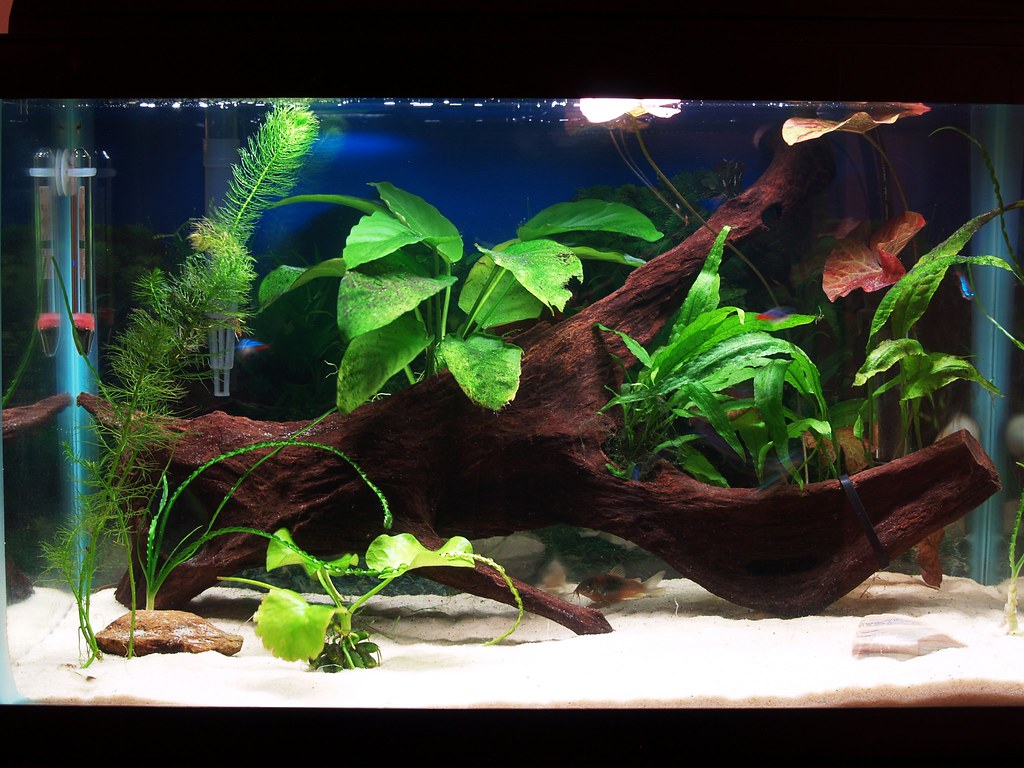
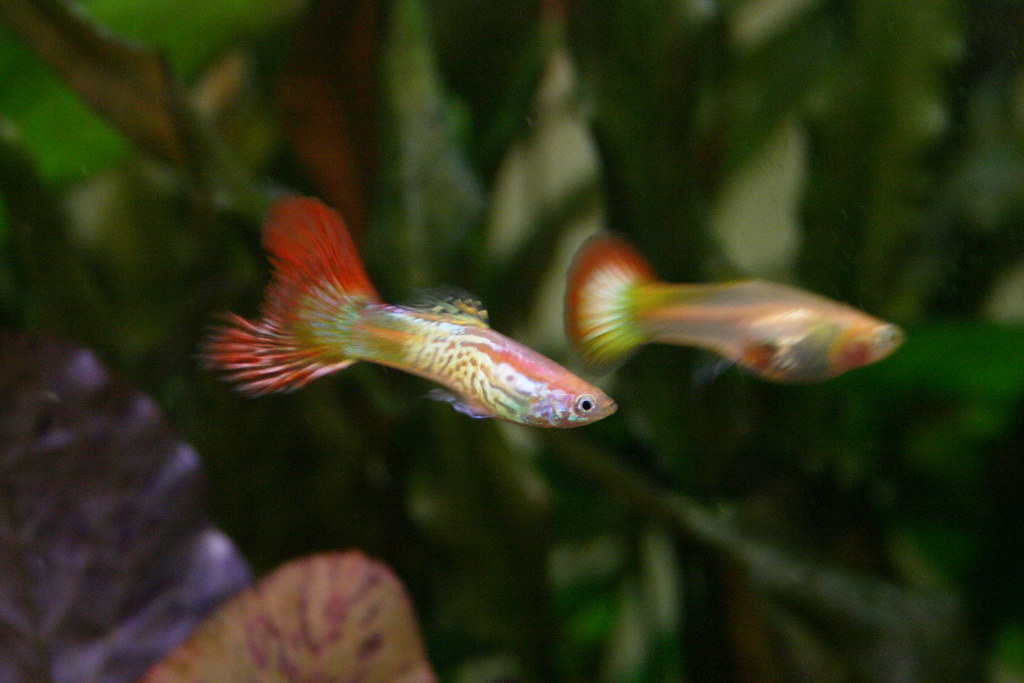


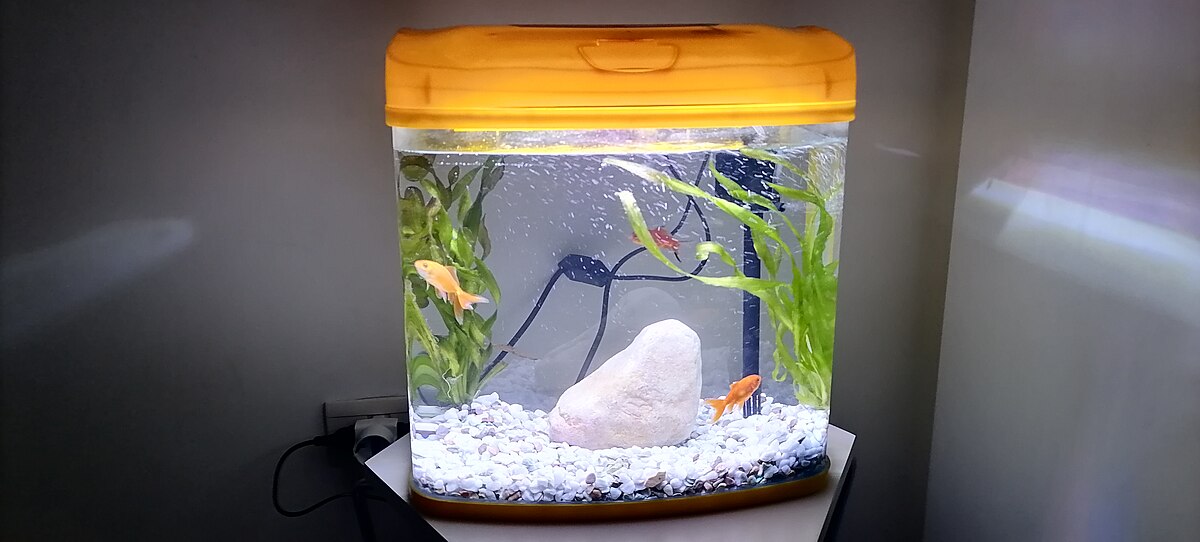
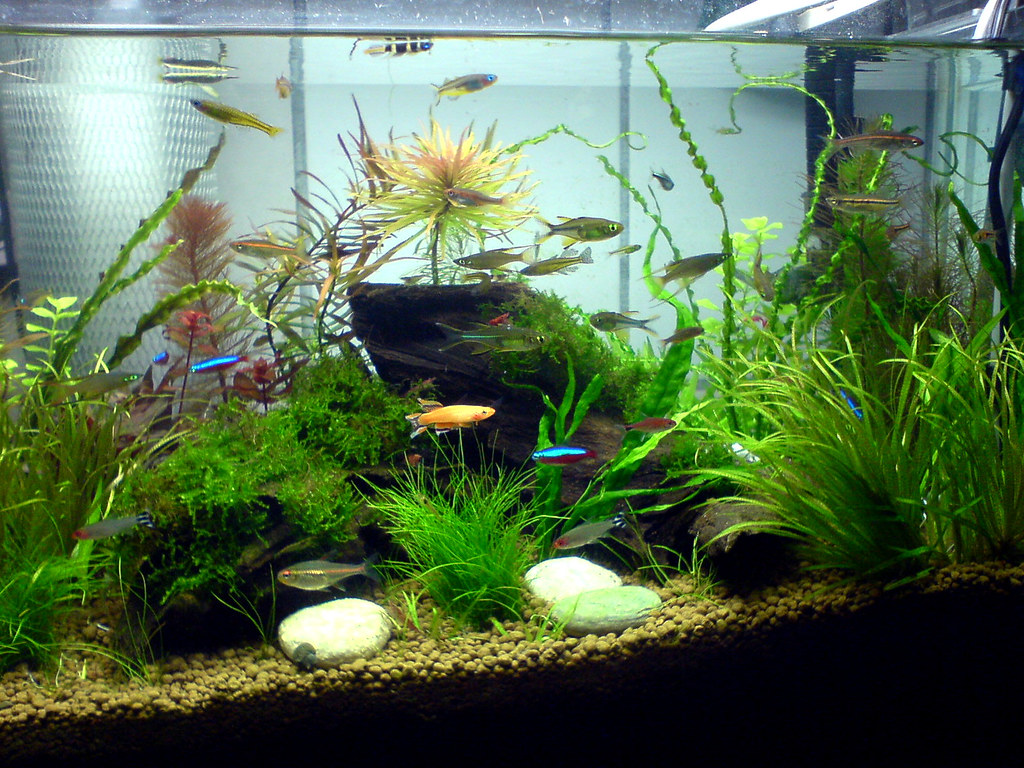
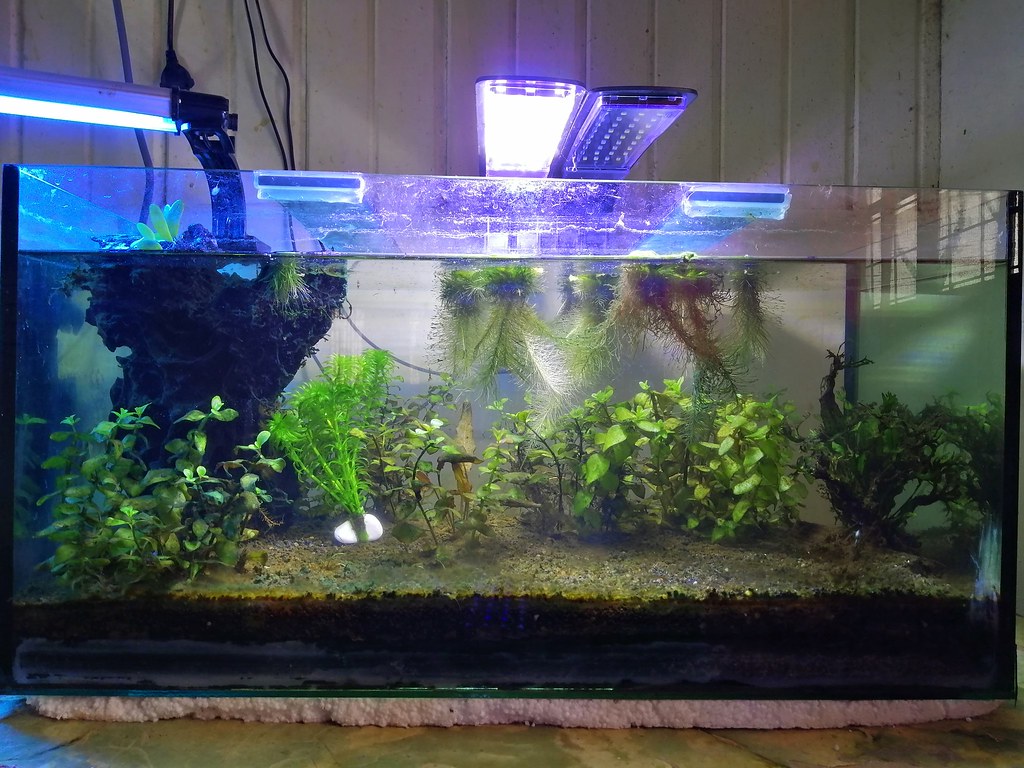
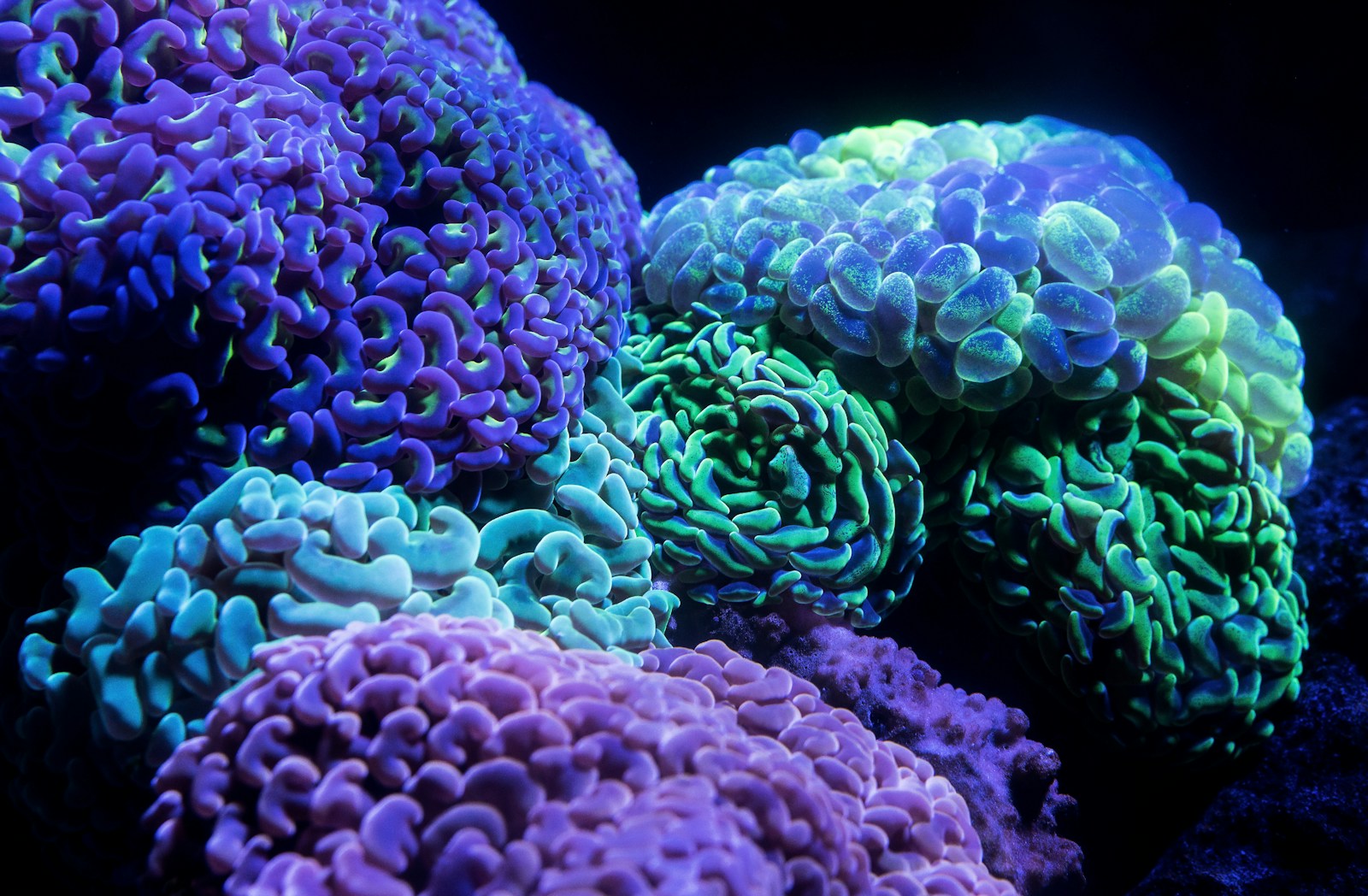

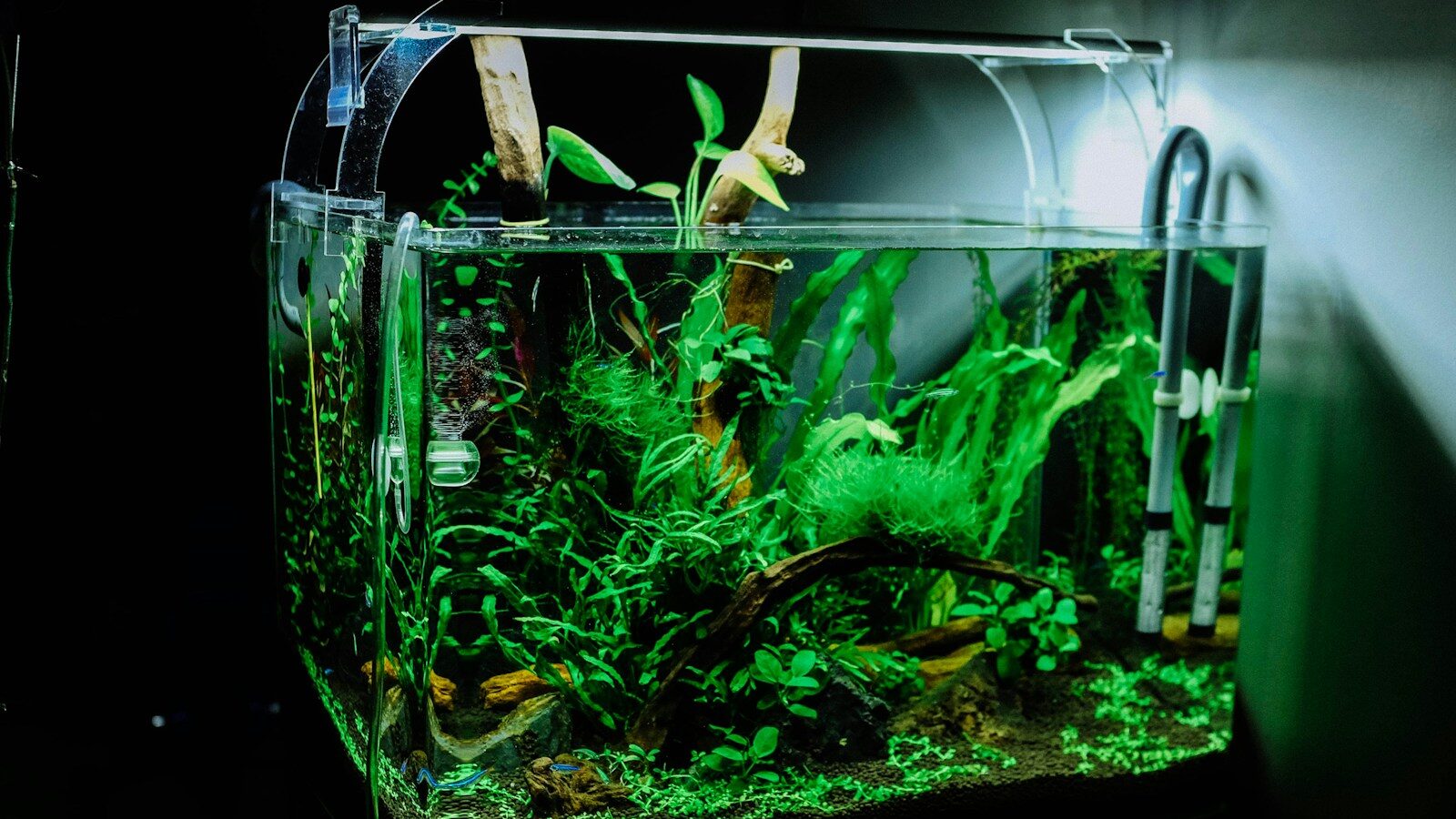




Leave a Reply